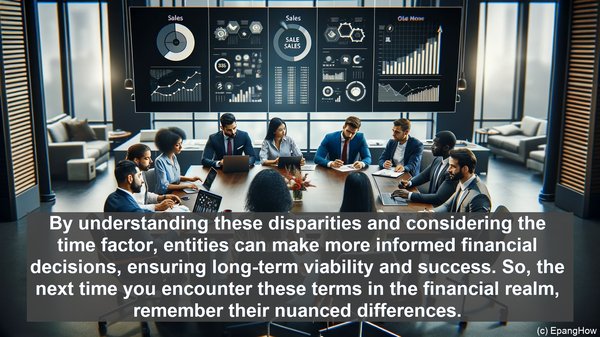Introduction: The Intricacies of Financial Terminology
Hello everyone! Welcome to today’s video, where we delve into the world of finance and explore the nuanced differences between financial expenses and financial costs. While these terms might seem similar, they carry distinct meanings and implications. Understanding these disparities is crucial for making informed financial decisions. So, let’s get started!
Defining Financial Expenses: The Outflows of Resources
Financial expenses, in essence, refer to the outflows of resources, typically monetary, incurred by an individual, business, or organization. These expenses are often recurring and are necessary to maintain the day-to-day operations or facilitate growth. Examples of financial expenses include rent, utilities, wages, and interest payments. These costs are directly associated with the generation of revenue or the functioning of the entity.

Unveiling Financial Costs: The Broader Picture
On the other hand, financial costs encompass a broader spectrum. While they do include expenses, they extend beyond the immediate monetary outflows. Financial costs take into account the opportunity cost, or the potential benefits foregone, associated with a particular financial decision. For instance, investing in one project might incur a significant upfront expense, but it could yield substantial returns in the long run, making it a viable option despite the high initial cost. Thus, financial costs incorporate both the explicit expenses and the implicit trade-offs.

The Time Factor: A Crucial Distinction
Another crucial distinction between financial expenses and financial costs lies in the element of time. Expenses are typically realized in the present or near future, resulting in immediate outflows. Costs, however, can span over a more extended period. For instance, the cost of maintaining an asset, such as a piece of machinery, includes not just the initial purchase price but also the expenses associated with its upkeep, repairs, and eventual replacement. By considering these long-term costs, entities can make more accurate financial projections and evaluate the overall viability of an investment.
The Significance in Decision-Making: Weighing Expenses and Costs
When it comes to financial decision-making, understanding the distinction between expenses and costs is paramount. While minimizing expenses is crucial for maintaining profitability and efficiency, solely focusing on immediate expenses might overlook the long-term benefits or potential drawbacks. By considering the broader costs, including the opportunity costs, entities can make more comprehensive assessments. This holistic approach aids in strategic planning, risk mitigation, and overall financial sustainability.
